Mold growth can occur in hidden corners of your home, often out of sight, but still impact your health and the structural integrity of your property. Mold thrives in damp, humid environments and can quickly spread, causing significant damage. Identifying mold early is crucial to preventing costly repairs and health issues. In this blog post, we’ll guide you on how to identify hidden mold in your home and what steps to take for effective mold removal.
1. Why Hidden Mold Is a Problem
Mold can grow in places that are difficult to access, such as behind walls, under floors, in attic spaces, or inside air ducts. Since these areas are often not immediately visible, mold can spread undetected for long periods. Over time, mold can damage the building materials in your home, weaken structural integrity, and cause health problems such as respiratory issues, allergies, and asthma attacks.
By learning how to spot the early signs of mold, you can take swift action to protect your home and family.
2. Common Signs of Hidden Mold
Even though mold may not be visible, several signs can indicate hidden mold growth in your home:
- Musty Odor: One of the first and most noticeable signs of hidden mold is a musty, earthy smell. If you detect this odor in areas like the basement, attic, or behind walls, it’s a sign that mold may be growing in the area.
- Visible Mold Growth: While hidden mold is not immediately visible, it’s often possible to spot small patches on ceilings, walls, or floors, particularly in damp areas such as bathrooms or basements.
- Water Damage: Water stains, discolored spots, or warped surfaces often signal that water has been present long enough for mold to form. Pay close attention to areas around pipes, windows, and ceilings.
- Condensation and Moisture: Excessive condensation on windows or walls, particularly in basements or areas with high humidity, creates an ideal environment for mold growth. Persistent moisture is often a clue that mold could be lurking out of sight.
- Health Symptoms: If your family members or pets start experiencing unexplained allergic reactions, such as sneezing, coughing, itchy eyes, or a runny nose, this could be due to mold spores in the air. These health issues may worsen when near areas of hidden mold.
3. How to Check for Hidden Mold
To identify hidden mold, you need to conduct a thorough inspection of your home. Here’s how to check:
- Look for Water Sources: Inspect areas prone to moisture, such as the basement, attic, bathroom, or kitchen. Check around pipes, vents, windows, and air conditioning units for signs of leaks or water damage.
- Inspect Behind Walls: If you suspect mold behind drywall or in other hidden areas, gently tap or press on the surface. A hollow sound or soft wall can indicate water damage or mold growth. You may also want to use a small, long tool (like a screwdriver) to gently poke the wall to test for softness or discoloration.
- Use Mold Testing Kits: If you’re unsure about the presence of mold, consider purchasing a DIY mold testing kit. These kits can detect mold spores in the air or on surfaces, giving you a better idea of where the problem is located.
- Hire a Professional Inspector: A certified mold inspector can identify hidden mold in your home using advanced tools like thermal cameras, moisture meters, and infrared sensors. They’ll be able to pinpoint the exact locations of mold growth and recommend an effective remediation plan.
4. What to Do About Hidden Mold
Once you’ve identified potential mold growth, it’s important to take action quickly to prevent it from spreading. Here’s what you should do:
- Contain the Area: If you spot mold in a hidden area, limit your exposure and prevent spores from spreading to other areas of your home. You can do this by sealing the room or area with plastic sheets and turning off the HVAC system to prevent mold spores from circulating.
- Fix the Moisture Problem: Mold requires moisture to grow, so the first step in mold remediation is to fix the underlying moisture issue. Whether it’s a leaky pipe, poor ventilation, or high humidity, resolving the source of moisture is key to preventing mold recurrence.
- Remove Mold-Affected Materials: In cases of heavy mold growth, the affected materials, such as drywall, insulation, or carpet, may need to be removed and replaced. If mold has spread to larger areas, it’s best to call a professional mold remediation company.
- Clean Smaller Areas: For minor mold growth, you can clean the affected area with mold-killing cleaners or a mixture of bleach and water. Be sure to wear protective gear, including gloves, a mask, and goggles, when cleaning mold to avoid exposure to mold spores.
- Use Mold-Resistant Products: After removing mold and addressing the moisture problem, consider using mold-resistant paints, sealants, and other materials to prevent future mold growth.
5. When to Call a Professional
While small mold infestations can sometimes be handled by homeowners, larger mold problems require professional help. If the mold covers a large area, has penetrated structural materials, or if you have health concerns, it’s best to call a certified mold removal specialist. They have the expertise and equipment to safely remove mold and restore your home to a healthy state.
Conclusion
Hidden mold is a serious problem that can affect your home and your health. Early identification of mold signs and proper remediation are key to keeping your home safe. By regularly inspecting your home for hidden mold and addressing moisture issues promptly, you can protect your property from long-term damage.
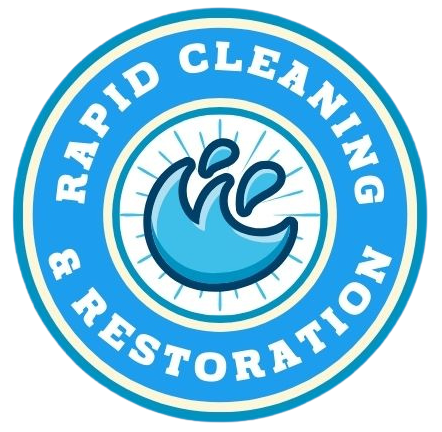
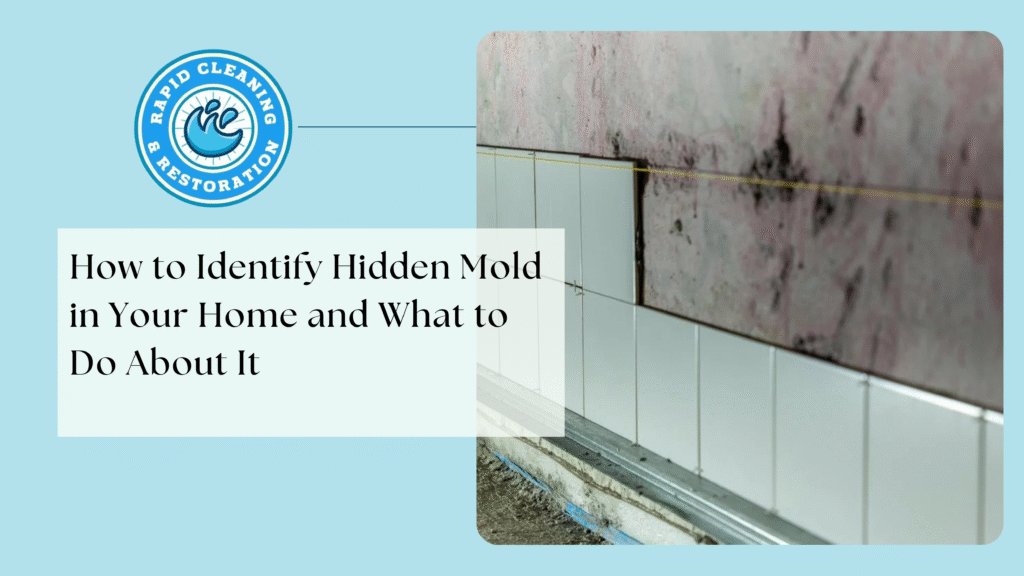
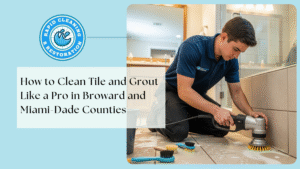
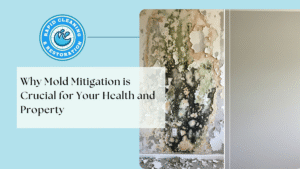
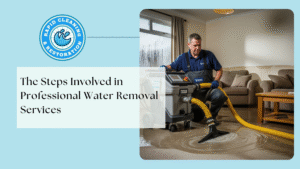
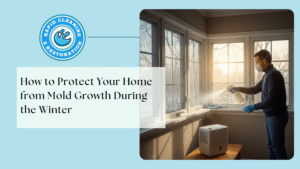
2 Responses